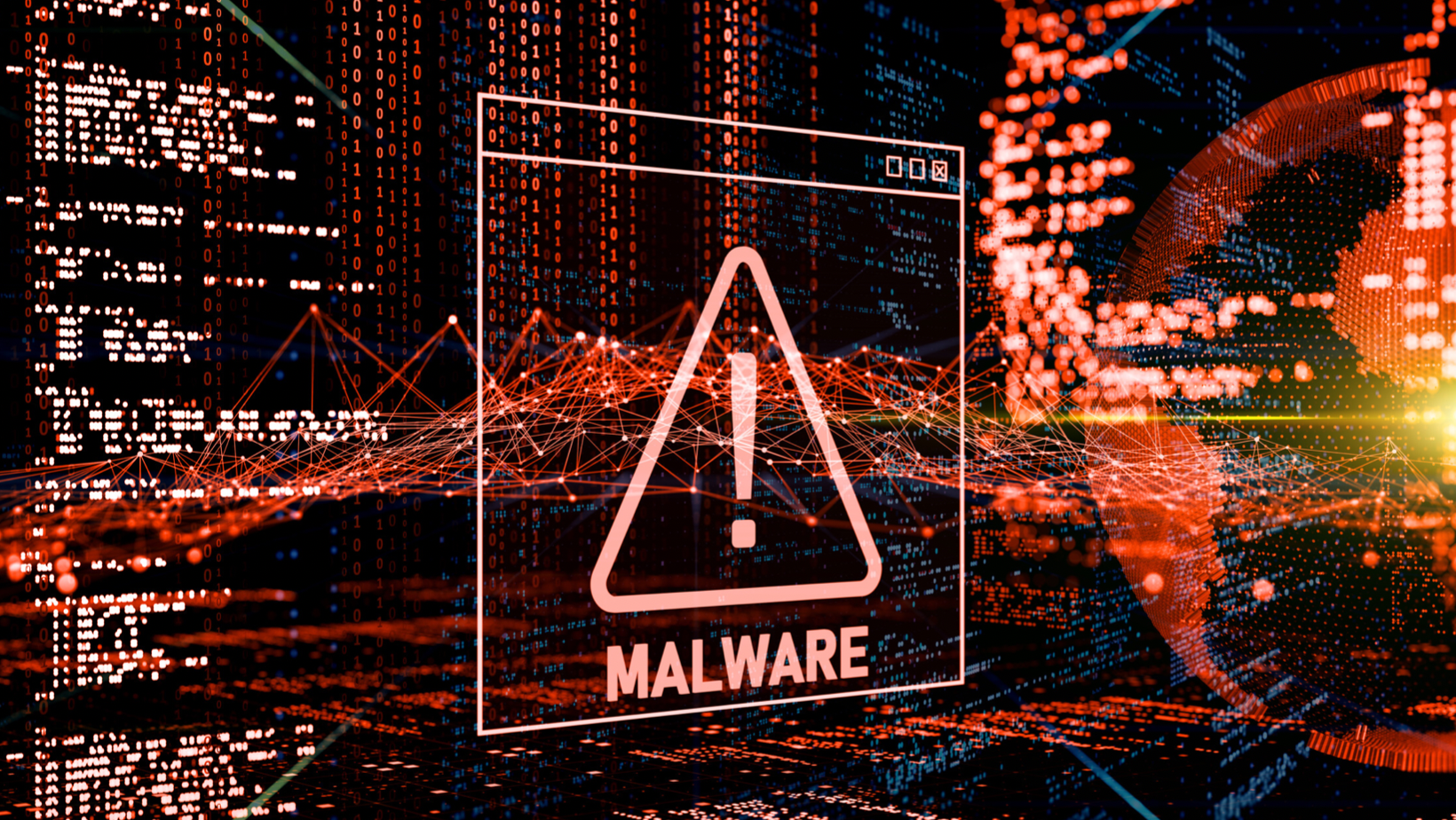Malware: Types, Effects And Prevention.
 Olamide Matthew
Olamide Matthew
Just like flu (a seasonal infection in humans), malwares are infection in computer networks and systems (PCs, smartphones etc.) but malwares aren’t seasonal. They are everyday infections for enterprise networks. Network systems fall ill to the malady of the technical flu ‘malware’.
WHAT IS MALWARE?
Malware, short for ‘malicious software’ is an umbrella term that describes any intrusion software, program or code developed by cybercriminals to steal data, damage or destroy computers or computer systems and network. They are usually distributed through malicious emails, websites and software. They can also be hidden in files. How do you detect malware attacks? To detect malware, the following are signs to take note of on your computer system:
• Slow computer performance
• Browser redirection
• Infection warning
• Problem shutting down or starting up your computer
• Frequent ad pop-ups These and several other symptoms are ways to detect malware infection on a system or device.
TYPES OF MALWARES.
Adware: Adware is a malicious software that is designed to pop advertisements up on the victim’s screen. It disguises itself to trick the victim into clicking on the ad and further install vicious software on your device or system.
Spyware: The spyware is a malware that is programmed to secretly monitor the user’s activities on the computer without permission, it then reports these activities to the cybercriminal who launched the attack. The goal of this malware is to steal data, information and credentials.
Virus: Virus is a malware that replicates itself by modifying other files and programs, thereby inserting its own code into the system. When virus is executed on a computer, it affects other files. This is the only malware that infects other files upon execution.
Trojan: This is a malware that hides its identity as a legitimate program, but contains malicious codes. Upon its execution, Trojan operates under the radar. Its main purpose is to grant access to other forms of malware into the system or network.
Ransomware: Ransomware is a malware attack that infects networks and data, encrypts the file and data, with the aim of holding such data’s decryption key for ransom until the victim pays.
Worm: This malware infects a computer system and replicates itself without an end-user’s involvement. Worm infects a computer network quickly by moving from one network to another.
Rootkit: This is a form of malware that is designed to stay hidden after infecting the victim’s system. It provides the attacker(s) with the privilege to have administrative access to the system.
METHODS OF MALWARE INFECTION
There are several ways a system or network can get infected by malware, but the following are the most common ways:
• Visiting hacked or compromised websites. In cases like this, malware can be hidden in the HTML and once the webpage loads, the system automatically downloads the malware.
• Clicking on malicious links, thereby redirecting you to pages that contain malicious contents.
• Downloading infected files in email attachments, file sharing etc.
• Installing programs or apps from unfamiliar sources
EFFECTS OF MALWARE
Malware attacks on a computer can cause harm in many ways, which include the following.
• Malware causes device, network or system to become locked.
• It leads to stealing and encryption of confidential information and data.
• It also leads to loss of money and financial resources.
• Malware take control of devices with the aim of attacking other networks and users.
HOW TO PREVENT MALWARE ATTACKS.
In order to prevent infections by malware, the following measures should be put in place.
• Install Anti-malware software: installing anti-malware Software to identify and remove malware is a great way to save systems from malware attacks. Although with this, you must ensure that you keep security tools updated and also immediately remove detected malware.
• Control and regulate access to system: By controlling the access to your network and system, you’re taking a proactive measure to protect your network from data breaches. This could include installing or implementing a firewall, an intrusion detection system or an intrusion prevention system.
• Restrict application privileges on your device
• Make use of email security and spam protection.
The effects of malware attacks can be devastating and harmful, there is the need for individuals and organizations to take proactive measures in preventing the perilous attacks by malicious software, in order to ensure optimal protection if data, systems and confidential information.
Subscribe to my newsletter
Read articles from Olamide Matthew directly inside your inbox. Subscribe to the newsletter, and don't miss out.
Written by
